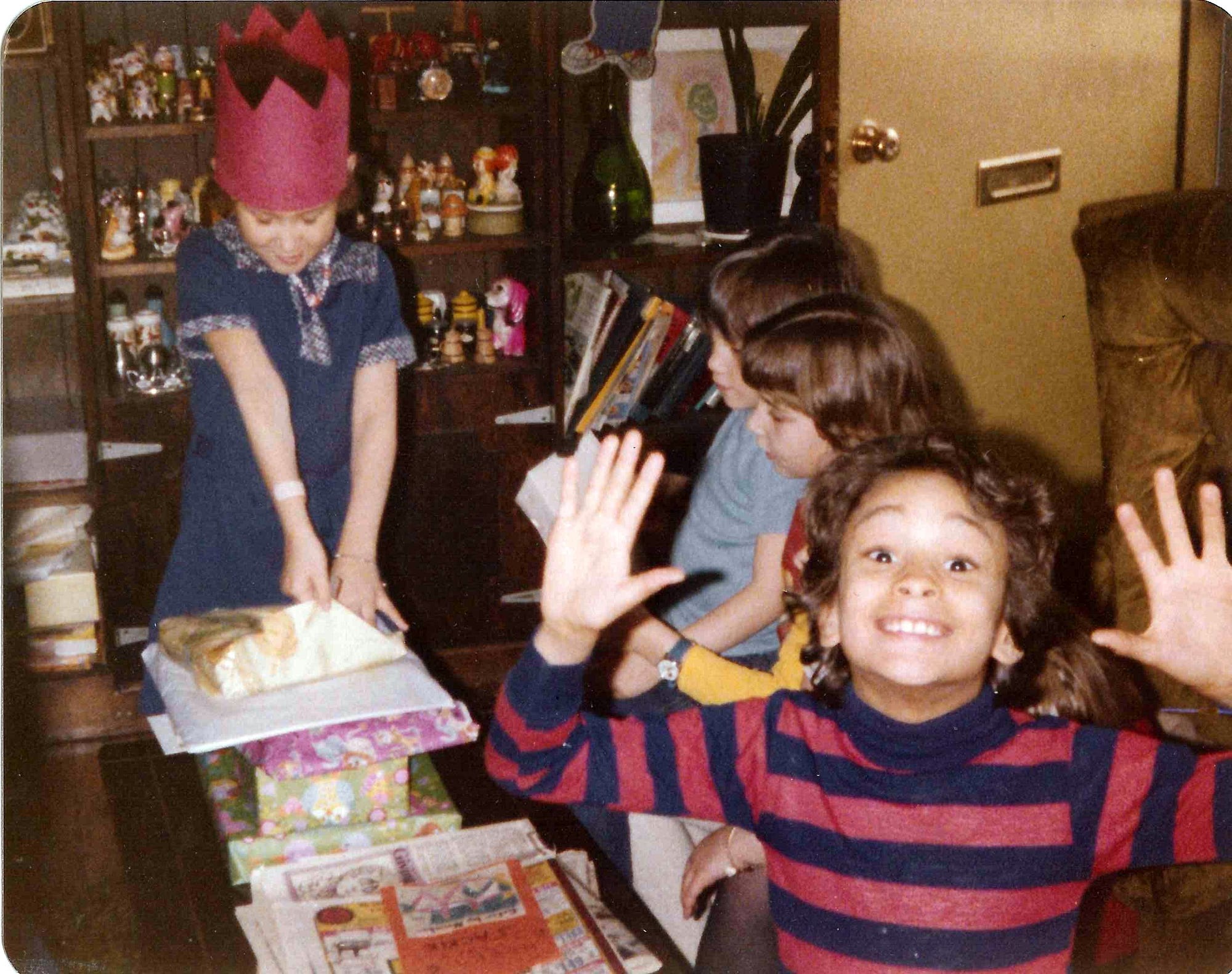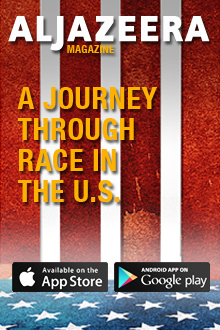White on PaperPosted in Articles, Autobiography, Media Archive, Social Justice, United States on 2015-08-24 20:00Z by Steven |
Those People
2015-08-20
 My sister opening presents while I try to steal the show. Just ordinary Black children having a birthday party, unconscionably ignoring dominant stereotypes. |
In June, Rachel Dolezal, an activist and former president of the NAACP chapter in Spokane, was outed by her parents as being a white woman. She later left the organization. And just yesterday, Shaun King, an activist affiliated with the Black Lives Matter movement, was “outed” by Vicki Pate as being white on Re-NewsIt!, her blog.
Now, let me be clear: This essay is not about Rachel Dolezal pretending to be Black, nor is it about whether Shaun King is Black. This essay is about being Black, in a white world, under a white media lens.
So there are questions about Shaun King’s race based on a police report that lists him as white. This has little to do with his race, and everything to do with institutionalized racism. It’s most likely that an officer was filling out a form, and decided he was white because it wasn’t worth it to actually ask the question.
I know that can happen because it has happened to me many times…
Read the entire article here.

